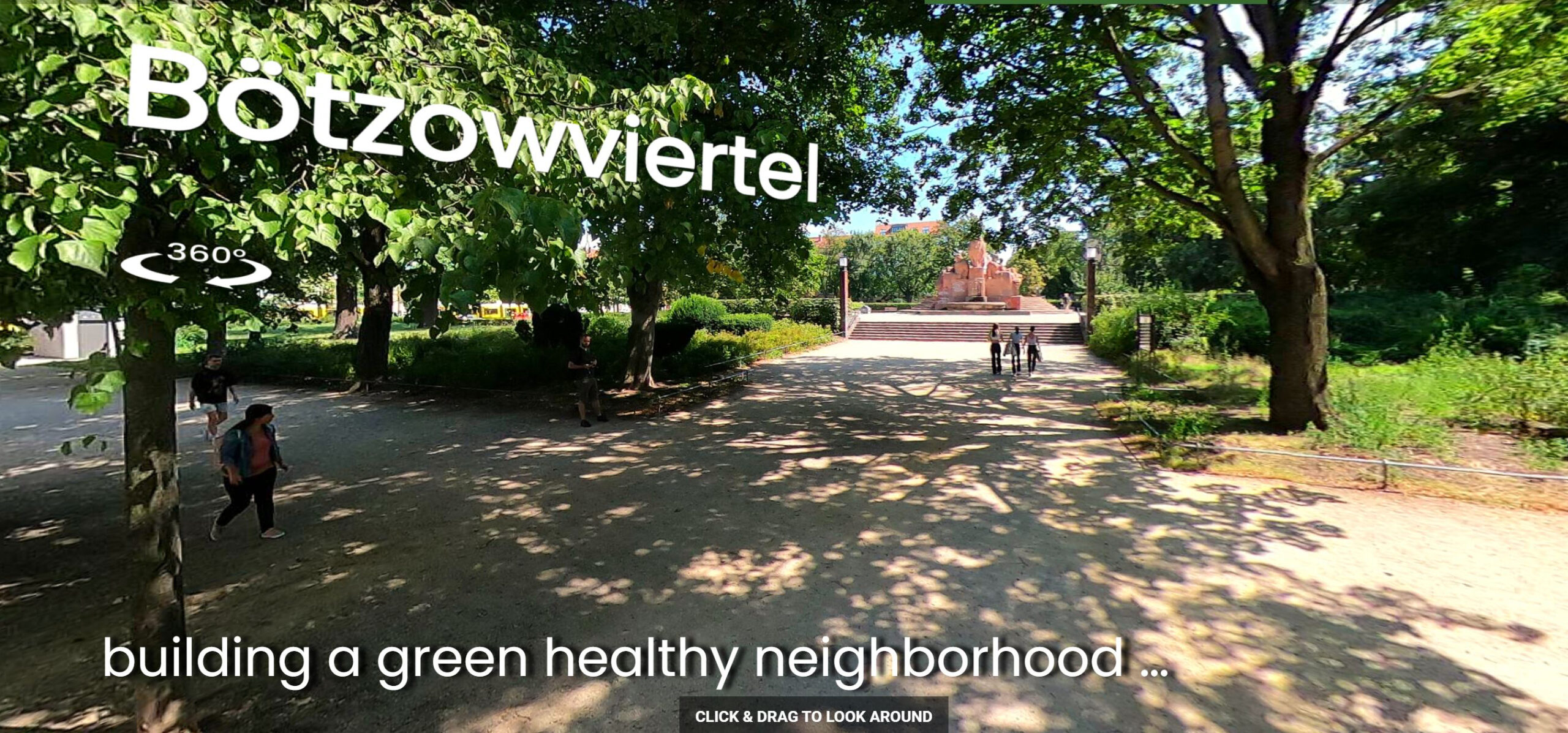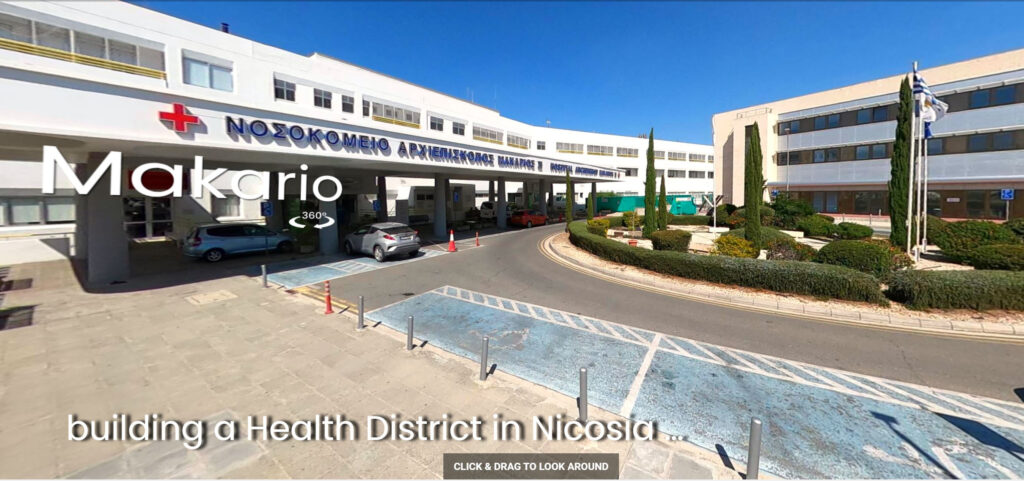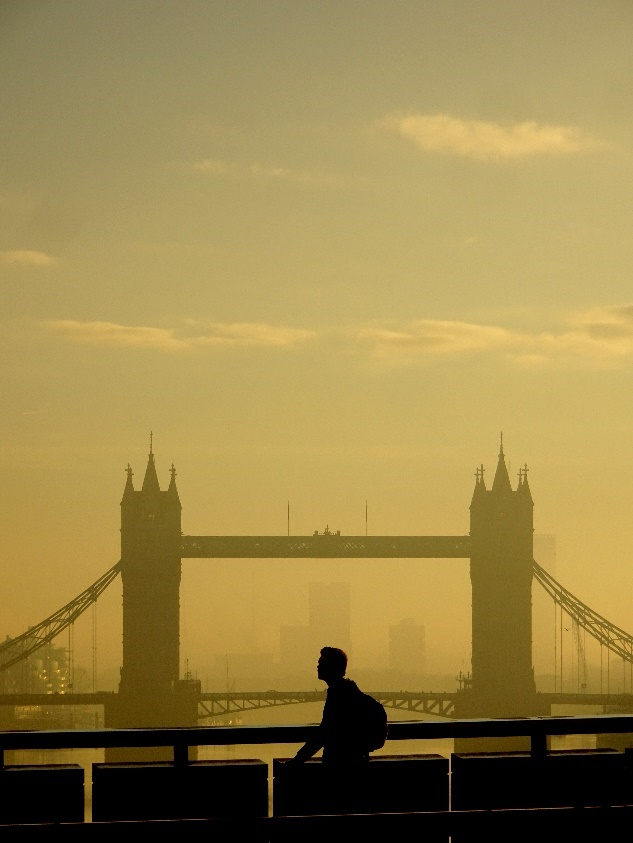Case Studies

Case Context and Problem
Berlin’s urban neighborhoods, or Kieze, face challenges including heavy traffic, fragmented sidewalks, and car-dominated streetscapes. These issues disproportionately affect vulnerable groups like children, the elderly, and people with disabilities. The city also experiences environmental threats such as urban heat islands, rainwater runoff, and biodiversity loss, exacerbated by extensive impervious surfaces. This case focuses on Bötzowviertel, where pedestrian loops are proposed to connect key destinations like schools, medical offices, and parks, improving both mobility and environmental quality.
Spatial Interventions Objectives
The UrbanCare Berlin project aims to:
Methodology
Using GIS tools, priority destinations were mapped within a 1 km radius of public transit stops. Demographic studies estimated the gait speed of slower groups to plan pedestrian loops. Field research included:
Key Results and Lessons Learned
The study highlighted significant barriers to walkability, including disconnected pathways and poorly designed crossings. Heat spots with surface temperatures exceeding 50°C were identified at bus stops and sidewalks, emphasizing the need for shaded areas. Rainwater runoff analyses revealed excessive impervious surfaces, while biotope ratio calculations indicated insufficient green space for biodiversity. These findings underscore the importance of integrating pedestrian-friendly and climate-resilient design into Berlin’s neighborhoods.
Limitations
The study faced limitations in engaging all stakeholders due to time constraints and lacked long-term data to evaluate the impact of proposed interventions. Budgetary and administrative challenges delayed implementation.
Implications for Practice
This case demonstrates the value of pedestrian-first planning for improving urban health and climate resilience. It provides a replicable framework for cities to integrate GIS-based analysis, community engagement, and climate-adaptive design in neighborhood retrofits.
Visual Evidence
Conclusion
This case study documents the UrbanCare methodology applied to Berlin’s Bötzowviertel neighborhood, from identifying spatial inequities to proposing pedestrian loops. It highlights environmental diagnostics, including thermal and runoff analyses, and offers actionable solutions for creating walkable, climate-adaptive streetscapes.
Learn more about this case here: https://www.buildinghealth.eu/a-healthy-neighborhood-in-berlin/
Contributors
Research: Alvaro Valera Sosa (Building Health Lab)
Contributors: Netra Naik and Anna Au from Building Health Lab
Related posts

On this webpage, follow the Bötzowviertel case, a neighborhood streetscape analysis with pedestrian solutions.

Loneliness impacts hugely on our lives and there is appetite for solutions. Spending time in a place, bumping into one another could be one of them. Can we reframe how we think about spending time in a place? And should we?

The quality of life for autistic individuals is closely linked not only to societal attitudes and the level of support provided by local and national authorities but also to the spatial and formal aspects of their surrounding environment. A key question is: How can urban planners, architects, and decision-makers facilitate the creation of autism-friendly cities?